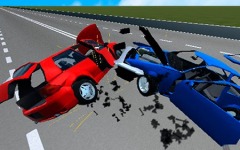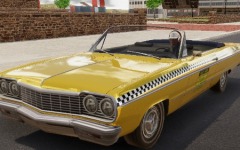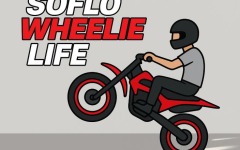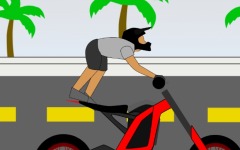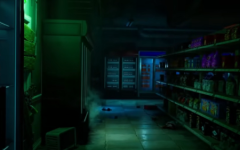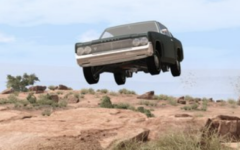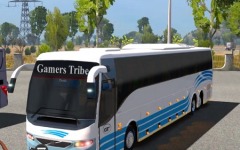Advertisement
Slow Roads
Advertisement
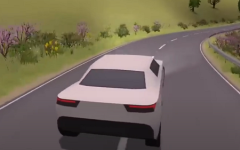
Slow Roads offers a continuous driving experience set in procedurally generated landscapes. The game removes goals and challenges, focusing entirely on the movement of a vehicle through open terrain. Players choose a vehicle and begin driving across roads that stretch through mountains, deserts, forests, and valleys. There is no timer, score, or fail condition. The emphasis is placed on the rhythm of movement, the variation of scenery, and the personal pace set by the player.
Procedural World and Travel Options
Each session begins in a randomly created location with its own road layout and weather conditions. Roads are designed to curve naturally, avoiding repetition. Players can switch between camera angles, change the time of day, and adjust speed manually. The simulation runs continuously, allowing for long or short sessions depending on the player’s preference. There are no intersections or route choices; instead, the road extends forward with minor deviations and elevation shifts.
Core Elements of the Experience
During each drive, players interact with a limited set of features:
- Selecting vehicle type and customizing controls
- Switching views between interior, exterior, and cinematic angles
- Changing environment settings like weather or lighting
- Letting the car drive automatically or taking manual control
- Listening to background audio or environmental sounds
These options support uninterrupted driving while allowing minor adjustments to suit the player’s mood or focus.
Sound, Motion, and Visual Flow
The audio in Slow Roads is designed to match the visual pacing. Tire sounds vary depending on the terrain, and ambient elements like wind, rain, and passing trees create a background layer that shifts over time. Visual transitions between areas are gradual, creating a feeling of travel rather than progression. There is no music by default, but players can add their own audio externally to shape the tone of the session. The game offers a calm interaction with a moving environment rather than defined tasks.
Personal Pace and Replay Value
Every playthrough of Slow Roads is different due to the generated layout and shifting weather. Since there is no start or end, players return to the game for the experience of movement rather than completion. It can be used as a background activity or as a primary focus depending on the user’s intent. The lack of traditional structure gives the player full control over how they engage with the game. The value comes from repetition without sameness, where each road feels connected to the last but never identical.























































































































